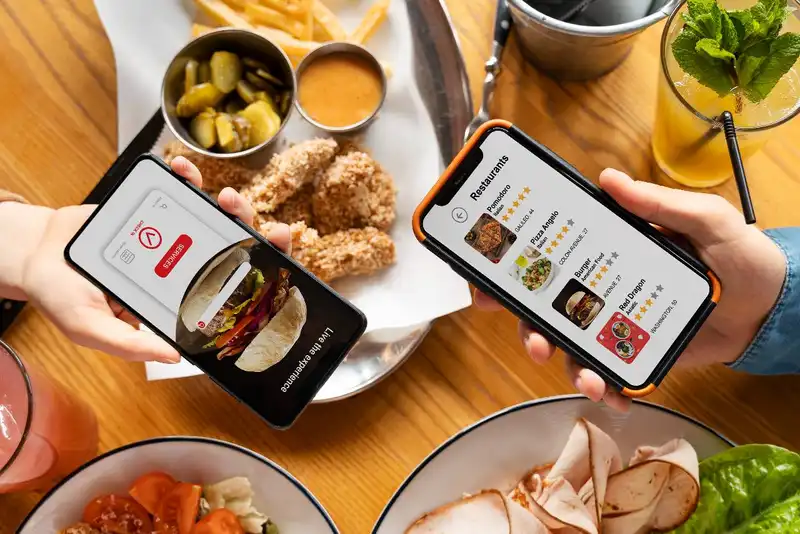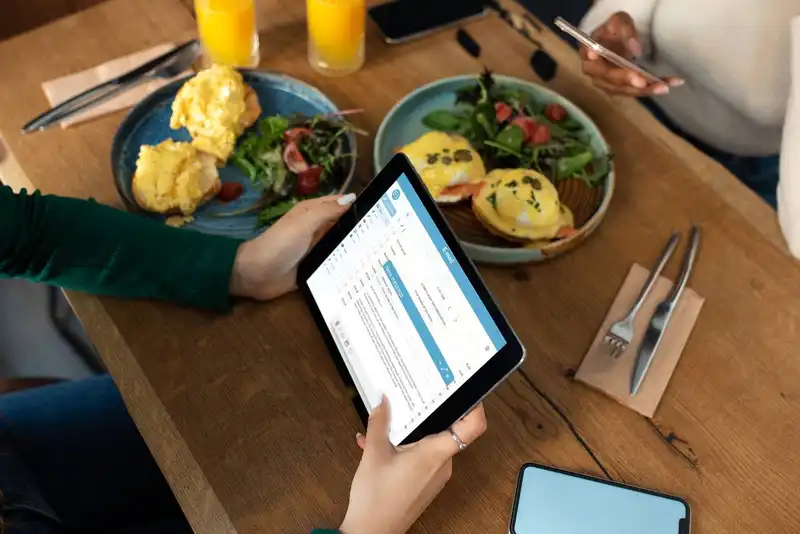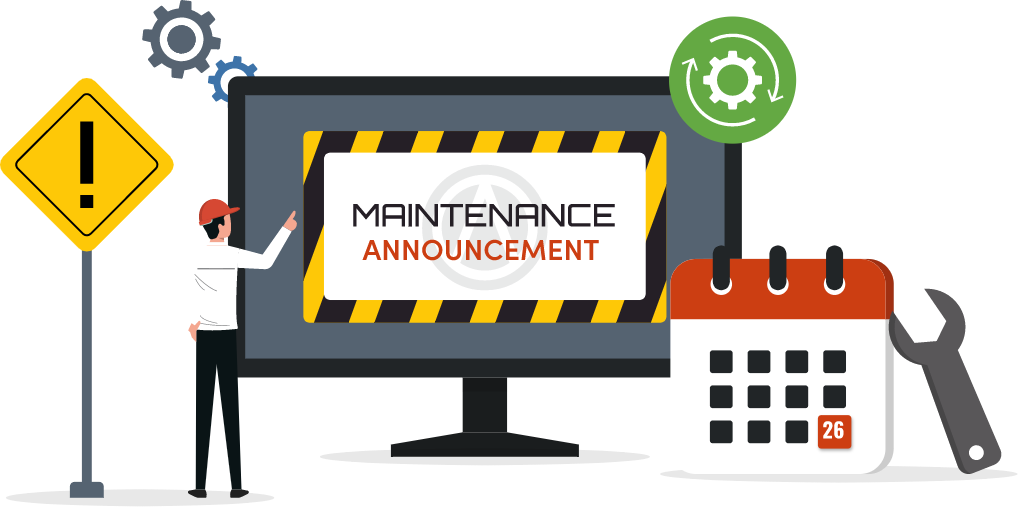How can restaurant owners identify their target audience for marketing?
Restaurant owners can define their target audience by analyzing customer demographics, preferences, and behavior through surveys, point-of-sale data, and social media insights. This data-driven approach helps tailor marketing messages and channels effectively.
Marketing for Restaurants - Proven Strategies to Attract More Customers
Overview
Running a restaurant today is more competitive than ever. With new eateries popping up, delivery apps flooding the market, and customers constantly switching loyalties, getting noticed - and staying relevant - can feel like an uphill battle. Simply offering great food and service isn't enough anymore.
Effective marketing is what turns empty tables into regulars and weekend traffic into weekday consistency. It's not just about flashy ads or social media trends - it's about strategically attracting the right people, at the right time, with the right message. When done well, marketing has a direct, measurable impact on both
foot traffic and revenue.
But successful marketing starts with understanding your customers- who they are, what they like, when they order, and why they choose you - or someone else. Without that insight, even the most creative campaigns can miss the mark. That's why this guide is built to help you align your marketing efforts with real customer behavior and data - not guesswork.
Know Your Target Audience

Before you spend a single dollar on marketing, you need to answer one fundamental question - Who are you trying to reach? Without a clear picture of your target audience, your messaging can become too generic, missing the opportunity to connect with the people most likely to walk through your doors - or place an order online.
Start by identifying your customers' demographics - age, gender, income level, location, family status. But don't stop there. Go deeper into psycho-graphics - their lifestyle, values, dining preferences, and decision-making habits. Do they care about organic ingredients? Are they looking for budget-friendly meals or premium experiences? Are they college students grabbing quick bites, or families planning a weekly night out?
Understanding your audience shapes everything from your tone of voice to your choice of platform. For example, a restaurant targeting Gen Z might focus on TikTok and emphasize visually engaging, quirky content. A high-end steakhouse appealing to professionals might lean on email newsletters or Instagram with rich, polished imagery.
Fortunately, you don't need to be a data scientist to get started. Use simple tools already at your disposal -
- Run short customer surveys online or in-store
- Review sales data from your POS system to see ordering patterns
- Monitor reviews and comments on social media to hear customer feedback in their own words
These insights help you create targeted campaigns that speak directly to your audience's needs and values - making every marketing dollar more effective. When you know who you're talking to, you stop shouting into the void and start having real conversations that drive results.
Website, SEO, and Local Listings
In today's digital-first world, your restaurant's online presence is often the first interaction a potential customer has with your brand. Whether they're searching for "best tacos near me" or checking your hours before visiting, what they find - or don't find - can be the deciding factor in where they spend their money.
Start with your website. It should be fast, mobile-friendly, and easy to navigate. Key information like your menu, hours, location, and ordering options should be front and center. Avoid clutter and keep the design clean and inviting. A confusing or outdated website can cause potential customers to give up and move on.
Next, focus on local SEO (Search Engine Optimization) - this is how people find you on Google and other search engines. Use relevant keywords naturally in your website copy, such as "vegan restaurant in Brooklyn" or "family-friendly Italian restaurant in Dallas." Make sure each location (if you have more than one) has its own dedicated page with unique content and accurate address details.
Most importantly, claim and maintain your local listings, especially Google Business Profile, Yelp, and TripAdvisor. These listings should have consistent and up-to-date information across platforms. Add high-quality photos, respond to reviews (both good and bad), and update holiday hours or menu changes regularly.
According to Google, 76% of people who search for something nearby on their smartphone visit a business within a day. That means your digital storefront must be just as polished and welcoming as your physical one.
An optimized online presence isn't optional - it's your new front door.
Leverage Social Media Marketing
Social media isn't just about posting food photos - it's about building relationships. For restaurants, it's one of the most cost-effective tools to stay top-of-mind, share your brand personality, and connect directly with current and potential customers. But to get results, you need more than just pretty pictures - you need authentic engagement.
First, choose the right platforms based on your audience. Instagram and TikTok work well for visually-driven, younger demographics. Facebook is great for reaching families and local community groups. If you're unsure where your audience is most active, check engagement on your past posts or ask your followers directly via polls or stories.
Then, create content that resonates. Instead of just promoting daily specials, show behind-the-scenes footage, introduce your staff, or highlight customer favorites. Share your story and values people connect with real experiences, not just polished advertisements. Don't be afraid to show your personality. A little humor, local pride, or candid moments go a long way.
Engagement is key. Respond to comments, thank people for sharing, and join conversations. Use polls, Q&A stickers, and hashtags to invite participation. This isn't just about growing follower counts - it's about creating community and loyalty.
According to Sprout Social, 64% of consumers want brands to connect with them, and restaurants that actively engage on social media often see higher retention rates and increased customer visits.
In short, treat your followers like guests - not just leads. When you show up authentically and consistently, your social presence becomes a powerful extension of your hospitality.
Implement Targeted Promotions and Offers

Promotions can be a powerful tool to drive customer visits and boost revenue - but only when used strategically. Instead of offering random discounts, focus on creating offers that align with your business goals and resonate with specific customer groups. Here's how to make your promotions more effective -
1. Define the Purpose of Each Promotion
Before launching any offer, ask yourself - What am I trying to achieve? Are you looking to boost traffic during slow hours? Introduce a new menu item? Attract new customers or reward loyal ones? Clear goals help shape your offer and make it easier to measure success.
2. Segment Your Audience
Different customer groups respond to different incentives. New customers might be enticed by a welcome discount, while regulars appreciate loyalty rewards or early access to specials. Use POS data, email lists, and loyalty programs to tailor offers for specific segments.
3. Be Strategic About Timing and Frequency
The best promotions are timely and relevant. Tie them to specific times (like weekday lunches) or local events to maximize impact. Avoid over-promoting - too many offers can lead to discount fatigue and lower perceived value.
4. Use Data to Refine Your Approach
Track each promotion's performance. Look at metrics like redemption rates, average order value, and customer return rates. Even simple tracking helps you identify what works - and what doesn't - so future offers are more effective.
Smart promotions are less about slashing prices and more about driving meaningful action. When done right, they bring the right people in - and keep them coming back.
Build Customer Loyalty
Attracting new customers is important - but keeping them is where long-term success lies. Loyal customers spend more, return more often, and are more likely to recommend your restaurant to others. Building that loyalty doesn't happen by accident - it requires intentional, personalized communication that makes each guest feel valued.
Here's how to do it effectively -
1. Create a Simple, Valuable Loyalty Program
Start with a rewards system that's easy to understand and use. Whether it's a digital punch card, points system, or exclusive club, make sure customers clearly see the benefits. According to industry studies, 73% of diners are more likely to return if a loyalty program offers value they care about - like discounts, freebies, or birthday perks.
2. Use Customer Data to Personalize Outreach
Leverage your POS or email marketing platform to segment customers based on behavior. You can send targeted messages such as -
- A thank-you email after a first visit
- A "We miss you" message with a special offer after 30 days of no visits
- A personalized coupon for their favorite dish
Personalization increases open rates and conversions because people respond better to messages that feel tailor-made.
3. Communicate with Empathy and Consistency
Don't just promote - build a relationship. Use email and SMS to share meaningful updates, stories, or even staff highlights. Be warm, human, and relevant. Show customers you know them and care about their experience, not just their wallet.
A loyal customer isn't just a repeat customer - they're an advocate. Personalized communication is how you turn one good visit into a lasting relationship.
Monitor and Measure Marketing Performance
Marketing without measurement is like cooking without tasting - you won't know what's working until it's too late. To make smart decisions and improve over time, you need to track performance consistently using both simple tools and real data.
Here's how to do it effectively -
1. Identify Key Metrics That Matter
Start by selecting a few core metrics that align with your marketing goals. Common ones include -
- Foot traffic (measured through POS data or Wi-Fi tracking)
- Conversion rate (e.g., how many people saw an ad and visited)
- Customer acquisition cost (CAC) - how much it costs to gain a new customer
- Average order value (AOV)
- Repeat visit rate
These numbers give you a clear picture of how effective your marketing efforts are.
2. Use Simple Tools to Collect and Analyze Data
You don't need a full-time analyst to get insights. Free and low-cost tools can go a long way -
- Google Analytics for website traffic and behavior
- POS reports for sales trends and customer patterns
- Social media insights (e.g., reach, engagement, click-through rates)
- Email marketing dashboards (e.g., open rates, link clicks)
3. Test, Learn, and Adjust Regularly
Treat every campaign as a learning opportunity. A/B test different messages, images, or offers to see what performs best. Use your findings to refine your strategy over time. Small tweaks - like adjusting a headline or changing post timing - can lead to big improvements.
Data turns guesswork into smart strategy. When you regularly measure performance, you gain the clarity needed to grow confidently and avoid wasting resources.
Consistency and Adaptability
Effective restaurant marketing isn't about one viral post or a short-lived promotion. It's about showing up = consistently, authentically, and intelligently - week after week, year after year. The restaurants that thrive long-term are those that build marketing habits rooted in data, aligned with their brand, and responsive to changing customer needs.
Consistency builds trust. When customers know what to expect - whether it's a weekly email with new specials or engaging stories on your social feed - they're more likely to stay connected and return. A reliable presence reminds them that you care, that you're listening, and that you're part of their daily lives.
At the same time, adaptability is essential. Customer behavior evolves. Technology changes. Local competition shifts. What worked last year may fall flat today. That's why monitoring performance, listening to feedback, and staying curious are critical parts of any successful marketing strategy. The ability to pivot - whether it's trying a new platform, adjusting your menu strategy, or rethinking your loyalty program - can be the difference between fading out or standing out.
Marketing is not a one-time task to check off your list - it's an ongoing process of learning, refining, and connecting. Start small, build momentum, and let your customer data guide you. Even small, consistent improvements can compound into significant long-term growth.
Remember - great food brings people in once. Great marketing - and meaningful relationships - keep them coming back.
Get Started with Smart Data Capture
Optimize Your Marketing Efforts with Altametrics
Must-Read Content

10 Creative Content Marketing Ideas to Elevate Your Hotel Brand

How to Build a Social Media Marketing Plan for Your Restaurant


Restaurant Marketing Ideas That Actually Drive More Customers










